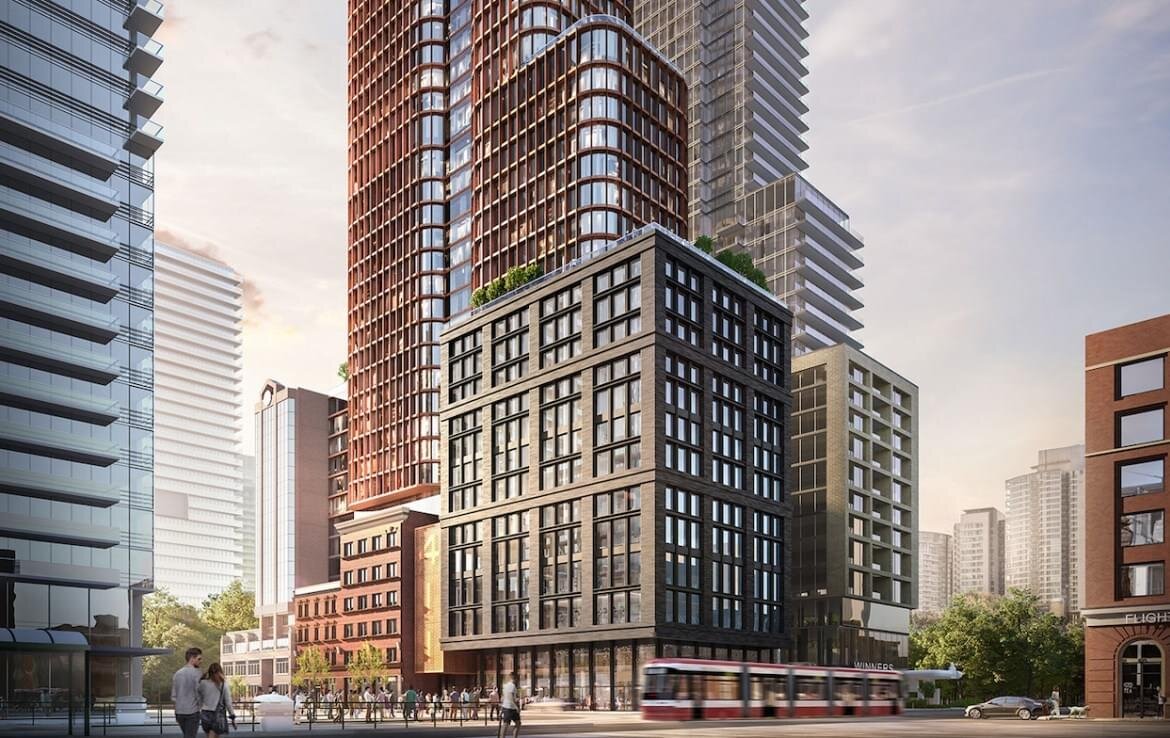In today’s rapidly urbanizing world, the juxtaposition of condominium developments against natural landscapes has become a poignant symbol of human progress. As concrete jungles expand, the challenge lies in integrating these structures seamlessly with their surrounding environment, preserving the delicate balance between urbanization and nature. Condominium developers are increasingly embracing innovative approaches to harmonize their projects with the landscapes they inhabit, fostering sustainability and ecological consciousness. One pivotal aspect of seamless integration is architectural design. Condominiums are no longer just functional structures; they are envisioned as extensions of the natural scenery, blending effortlessly with the topography. Architects leverage principles of biophilic design, incorporating elements such as green roofs, living walls, and ample natural lighting to evoke a sense of harmony with nature. By mimicking natural patterns and materials, these developments become organic extensions of the landscape rather than intrusive additions.

Furthermore, landscaping plays a crucial role in weaving together the built environment and the natural world. Parktown Residences Condo landscaping practices, including native plantings and water-efficient irrigation systems, minimize environmental impact while enhancing biodiversity. Pocket parks, walking trails, and communal green spaces not only offer residents opportunities for recreation but also serve as ecological corridors, fostering habitat connectivity and promoting urban biodiversity. Through thoughtful landscaping, condominium developments can become vibrant ecosystems that coexist harmoniously with their surroundings. Beyond aesthetics, sustainability lies at the core of seamless integration efforts. Condominium developers are increasingly adopting green building practices, incorporating energy-efficient technologies and sustainable materials to minimize their ecological footprint. From solar panels and rainwater harvesting systems to high-performance insulation and passive cooling techniques, these innovations not only reduce environmental impact but also contribute to long-term cost savings for residents. By prioritizing sustainability, condominium developments become stewards of the environment, embodying a commitment to responsible urban growth.
Moreover, community engagement plays a pivotal role in fostering a sense of belonging and stewardship among residents. Developers are embracing participatory design processes, involving local communities in the planning and decision-making stages to ensure that developments reflect their needs and values. Community gardens, shared amenities, and social spaces promote social cohesion and encourage residents to forge meaningful connections with both their neighbors and the natural environment. By fostering a sense of ownership and pride, these condominium developments become vibrant hubs of community life, enriching the social fabric of their surroundings. Ultimately, the goal of seamless integration is to create sustainable, resilient communities that thrive in harmony with their natural surroundings. Through a holistic approach encompassing architectural design, landscaping, sustainability, and community engagement, condominium developers can transcend the traditional boundaries between urban and natural landscapes, creating environments that inspire awe and reverence for the natural world. As we continue to navigate the complexities of urbanization and environmental stewardship, the vision of seamlessly integrated condominium developments offers a beacon of hope for a more harmonious relationship between humanity and nature.